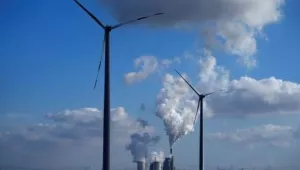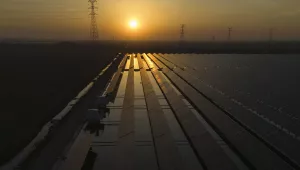Qatar is positioning itself to take advantage of the worldwide increase in gas demand. The small nation is strategically placed in the Gulf, at the tip of Saudi Arabia, where it straddles Bahrain and the UAE. Although among the leaders in natural gas production, Qatar arrived relatively late on the natural gas scene, in part, because it has a population of 744,000 and of that only 20 per cent are Qatari nationals (2006 figures), thus human capital is in great demand.
Qatar was the force behind the creation of the Dolphin Project, a much reduced form of the pan-GCC pipeline, envisioned at the November 1989 Gulf Cooperation Council (GCC) summit meeting as the most ambitious domestic Middle Eastern gas project ever undertaken. As originally conceived, a transnational pipeline was to weld the national gas grids of Saudi Arabia, Kuwait, Bahrain, and the UAE into a single integrated bloc. Qatar‘s enormous North Field, the largest associated natural gas field in the world, became the centrepiece of this vision.
Dargin, Justin. "The Dolphin Project: The Development of A Gulf Gas Initiative." Oxford Institute for Energy Studies, January, 2008.




